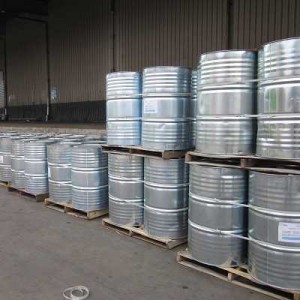CAS 64365-11-3 active carbon
Activated carbon CAS 64365-11-3 is a type of specially treated carbon that heats organic raw materials (fruit shells, coal, wood, etc.) in isolation from air to reduce non carbon components (this process is called carbonization). Then, it reacts with the gas, erodes the surface, and produces a microporous structure (this process is called activation). Due to the fact that the activation process is a microscopic process, where a large amount of molecular carbides corrode the surface in a point like manner, resulting in countless small pores on the surface of activated carbon. The diameter of micropores on the surface of activated carbon is mostly between 2-50nm. Even a small amount of activated carbon has a huge surface area, with a surface area of 500-1500m2 per gram. Almost all applications of activated carbon are based on this characteristic of activated carbon.
Chinese name: Activated carbon
Foreign name: active carbon
CAS: 64365-11-3
Character: Powdered or granular porous amorphous carbon
Characteristics: Developed microporous structure, large specific surface area and adsorption activity
Applications: sewage treatment, electrodes, flue gas treatment, etc
Physical and chemical characteristics editing and broadcasting
According to the appearance of activated carbon, it is usually divided into two categories: powdery and granular. Granular activated carbon can also be cylindrical, spherical, hollow cylindrical, hollow spherical, and irregularly shaped crushed carbon. With the development of modern industry and scientific technology, many new types of activated carbon have emerged, such as carbon molecular sieves, microsphere carbon, activated carbon nanotubes, activated carbon fibers, etc.
Pore structure
Activated carbon is composed of three parts: graphite microcrystals, single planar network carbon, and amorphous carbon, with graphite microcrystals being the main component of activated carbon. The microcrystalline structure of activated carbon is different from that of graphite, with a interlayer spacing of 0.34~0.35nm and a large gap. Even at temperatures above 2000 ℃, it is difficult to convert into graphite. This microcrystalline structure is called non graphite microcrystalline, and the vast majority of activated carbon belongs to non graphite structure. The arrangement of microcrystals in a graphite like structure is relatively regular and can be transformed into graphite after treatment. The non graphite like microcrystalline structure gives activated carbon a well-developed pore structure, which can be characterized by pore size distribution. The pore size distribution range of activated carbon is very wide, ranging from less than 1nm to thousands of nm. Some scholars have proposed to divide the pore size of activated carbon into three categories: micropores with a pore size less than 2nm, mesopores with a pore size between 2-50nm, and macropores with a pore size greater than 50nm.
The microporous specific surface area in activated carbon accounts for over 95% of the specific surface area, which largely determines the adsorption capacity of activated carbon. The mesoporous specific surface area accounts for about 5% of the specific surface area of activated carbon, which is the adsorption site of larger molecules that cannot enter the micropores, resulting in capillary condensation under high relative pressure. The specific surface area of macropores generally does not exceed 0.5m2/g, which is only the channel for adsorbate molecules to reach micropores and mesopores and has little impact on the adsorption process.
Surface chemical properties
Activated carbon has a crystal structure and pore structure inside, and there is also a certain chemical structure on the surface of activated carbon. The adsorption performance of activated carbon depends not only on its physical (pore) structure, but also on the chemical structure of its surface. During the preparation process of activated carbon, the edge chemical bonds of the aromatic sheets formed during the carbonization stage break to form edge carbon atoms with unpaired electrons. These edge carbon atoms have unsaturated chemical bonds and can react with heterocyclic atoms such as oxygen, hydrogen, nitrogen, and sulfur to form different surface groups. The presence of these surface groups undoubtedly affects the adsorption performance of activated carbon. X-ray studies have shown that these heterocyclic atoms combine with carbon atoms at the edge of the aromatic sheet to produce surface compounds containing oxygen, hydrogen, and nitrogen. When these edges become the main adsorption surfaces, these surface compounds alter the surface characteristics and properties of activated carbon. The surface groups of activated carbon are divided into three types: acidic, alkaline, and neutral. The acidic surface functional groups include carbonyl, carboxyl, lactone, hydroxyl, ether, phenol, etc., which can promote the adsorption of alkaline substances on activated carbon; The basic surface functional groups mainly include pyranone (cyclic ketone) and its derivatives, which can promote the adsorption of acidic substances on activated carbon.
The surface of activated carbon prepared with acidic activators such as phosphoric acid is mainly composed of acidic groups, which adsorb alkaline substances well; The surface of activated carbon prepared with alkaline activators such as KOH and K2CO3 is mainly composed of alkaline groups, which are suitable for adsorbing acidic substances; The surface functional groups of activated carbon prepared by physical activation methods such as CO2 and H2O are generally neutral.
Adsorption mechanism
Activated carbon adsorption refers to the use of the solid surface of activated carbon to adsorb one or more substances in water, in order to achieve the goal of purifying water quality. The adsorption capacity of activated carbon is related to its pore size and structure. Generally speaking, the smaller the particle size, the faster the pore diffusion rate, and the stronger the adsorption capacity of activated carbon.
The adsorption capacity and adsorption speed are the main indicators for measuring the adsorption process. The size of adsorption capacity is measured by the amount of adsorption, and the adsorption rate refers to the amount adsorbed per unit weight of adsorbent per unit time. In water treatment, the adsorption rate determines the contact time between the adsorbent and the wastewater.
ChemicalCAS.com offers price quotation and technology support of chemical from China. In the quotation from China factory supplier, we will include price terms, payment, lead time, COA, TDS, MSDS etc. We make sure the reliable purchase source and product quality. If you need to buy chemical from China, please feel free to contact sales@chemicalcas.com






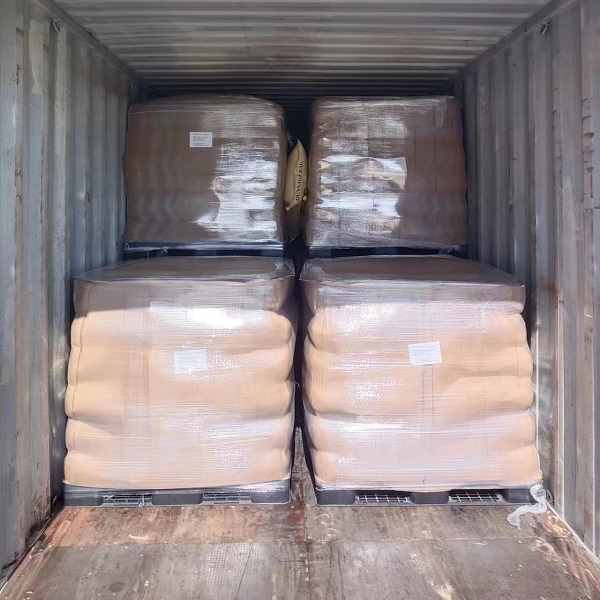
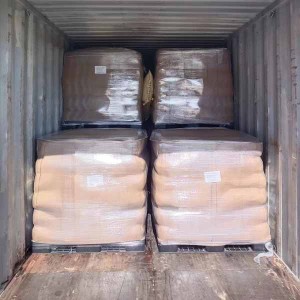
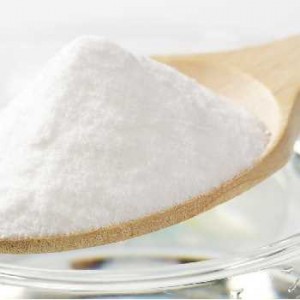
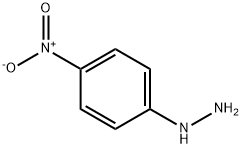
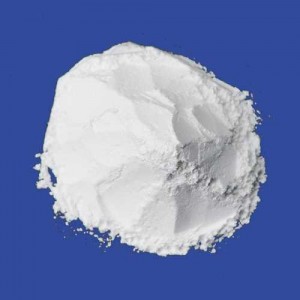
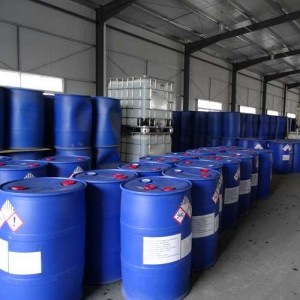
![CAS No. 101-09-7 [(3-aminophenyl)amino]oxoacetic acid](https://www.chemicalcas.com/uploads/CAS-No.-101-09-7.gif)
